A History of Hatred to Masks – Frankie Stenning
During the Spanish flu epidemic of 1918-1919, although the name of the virus is a misnomer itself – but that is a tale for another day – mask-wearing in the USA was made mandatory. A response we have seen and experienced in this pandemic.
Like the current pandemic, many Americans were opposed to this infringement on their ‘civic liberties’ and ‘human rights’. The government had to implement a mass propaganda movement to combat this unrest and encourage their citizens to protect themselves and their neighbours.
Now, before I continue exploring this unpopular enforcement of mask-wearing and the actual effectiveness of it in 1918-1919 America, I am not encouraging a mass protest to the introduction of compulsory masks in public places like the school corridor or the coop. Nowadays, masks are made of much improved material and the true impact of masks can be seen to be proved in multiple medical studies. So please, continue wearing your masks and do not join those ignorant few who do not nor did not in the Spanish flu all those years ago.
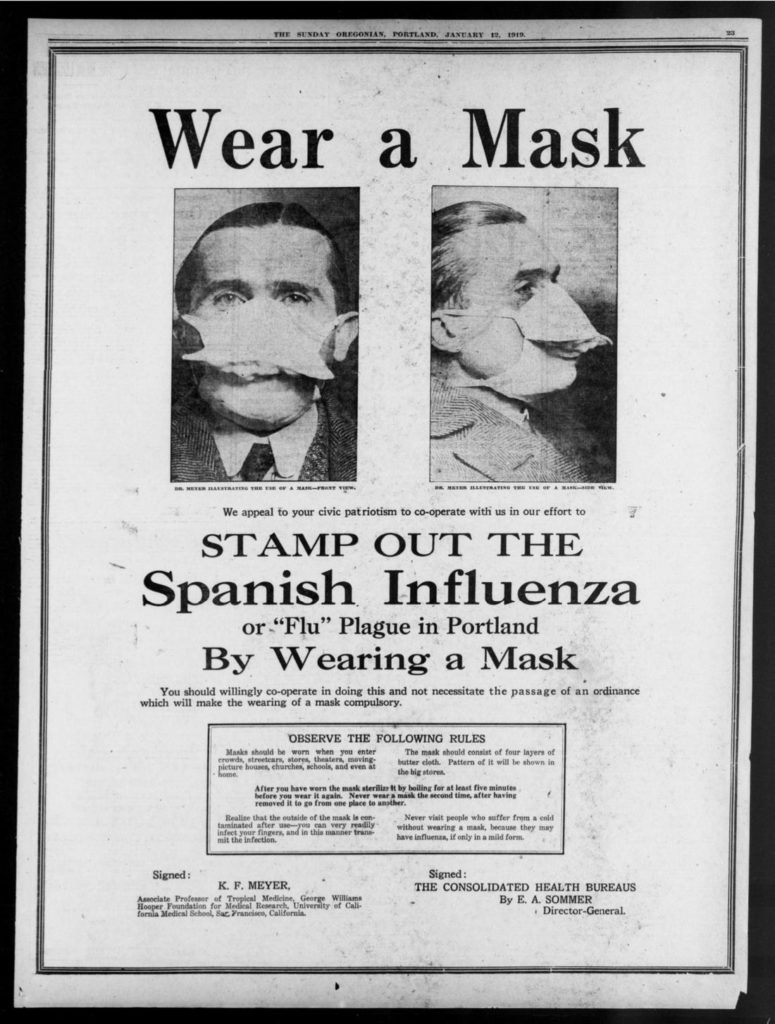
Back in 1918, as the Spanish flu was sweeping across the world and cases and deaths rose, the USA decided to implement new safety rules. Like today, schools were closed, large public amusement centres were closed, gatherings and events of any sort were discouraged or asked to be held outside and the wearing of masks became mandatory. On top of this the using of tissues or handkerchiefs and no-spitting rules were spread across the country. Things that became basic hygiene standards after.
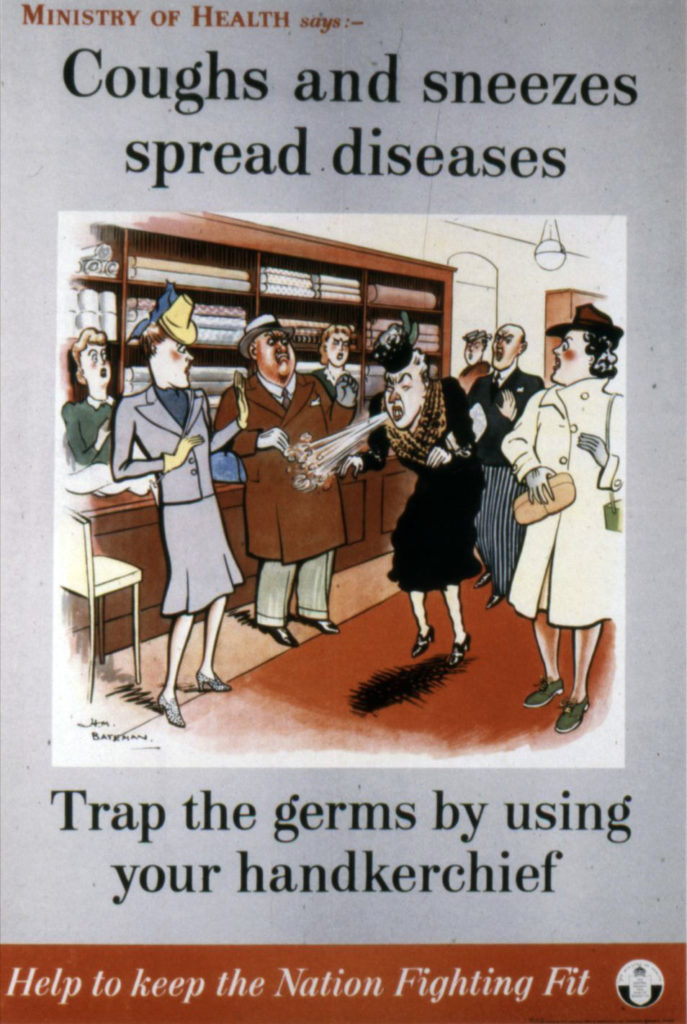
During this period, it appeared men were more inclined to be opposed to mask-wearing. It was seen as a feminine thing to do. Therefore, many of the government propaganda pieces focused on men to encourage them to wear a mask.
Mask-wearing was presented as a civic duty during the wartime period to protect soldiers from the disease as much as the citizens. This patriotic emphasis for the wearing of masks is highlighted through the words of a Red Cross PSA,
“the man or woman or child who will not wear a mask now is a dangerous slacker”.
However, once world war one ended in November, so did the wearing of masks. The desire to protect their soldiers now seemed unnecessary and no longer a civic duty.
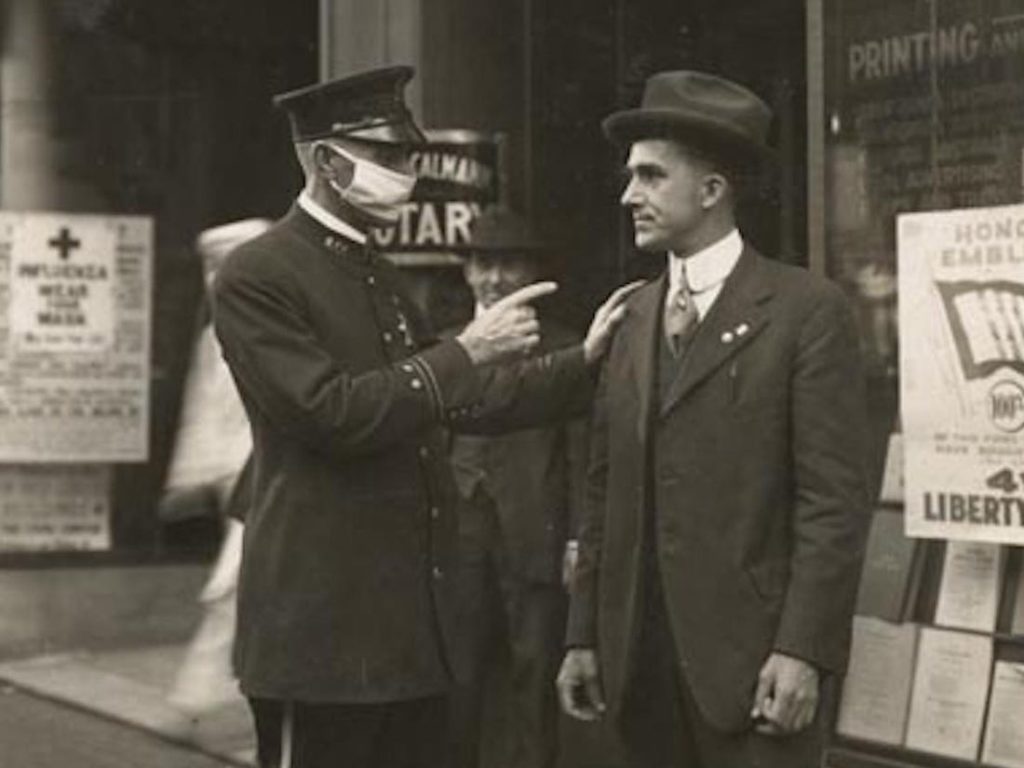
The biggest reason for people disliking masks was for personal comfort. Masks made people feel hot and stuffy, even itchy as their skin reacted to the hot air trapped between fabric and face. This uncomfortable situation was often the main reason as to why citizens faced fines or imprisonment for breaking mask-wearing rules.
Another reason was that it was bad for business. Masks remove that personal feel to shopping as half the face is disguised and hidden. In 1918-1919, many argued it made them more fearful as they could not see strangers faces. This fear of masked strangers led to many shops disliking the mandatory rule for masks as they became afraid that they would lose even more business as their workers became ‘faceless’. This, on top of the general discomfort of masks saw individuals ‘forgetting’ their masks for work or whilst outside. Something which could have resulted in heavy fines for those working as waiters, barbers or other close contact jobs.
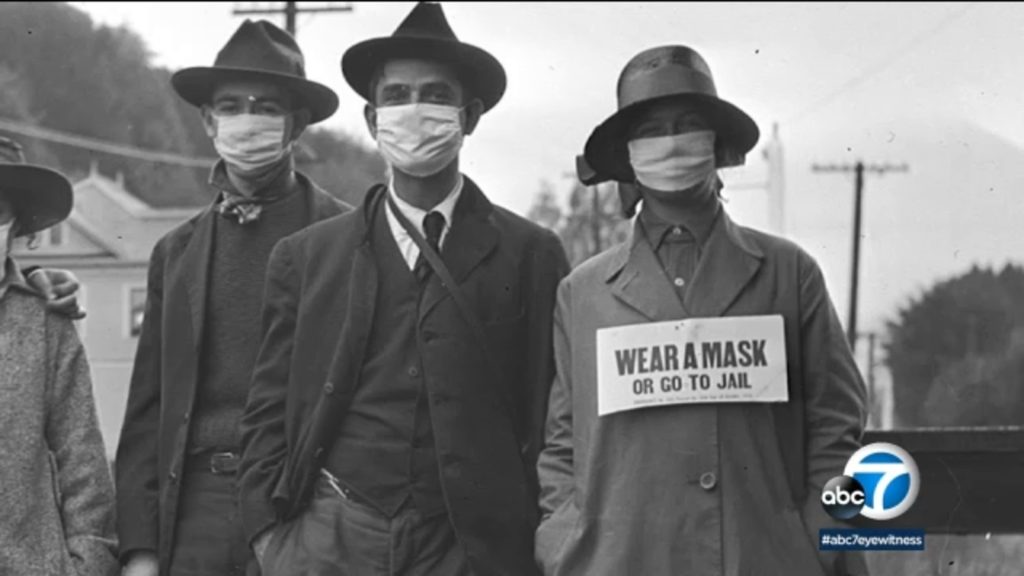
Additionally, many factory workers complained about wearing masks. They argued that for them it was more dangerous to wear something that obscured their vision. Machinery managed poorly could result in serious injuries and some workers believed that masks increased the likelihood of such injuries due to partially blocked vision. Others argued that it was actually more unsanitary for factory workers as they could not effectively sterile their masks nor keep them clean whilst working. From their point of view, masks were a pointless nuisance and health and safety risk.
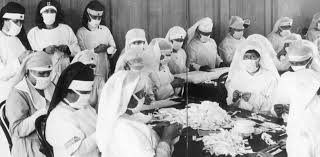
The last reason for people to complain about masks laid in their effectiveness. Most masks during this time were made from gauze or other similarly porous materials. This meant that many people argued, doctors included, that masks did not actually stop the spread of the virus because cough and sneeze droplets were able to still pass through. Many wondered why the government enforced such a mandate when even medical staff did not agree with its usefulness.
Masks were also rather ineffective outside the fact they were made from gauze. Women in the upper classes tended to wear fashionable masks. However, these were often made from chiffon or a fine mesh to appear like an accessory to their outfit; they did very little to stop the spread of disease. Other ineffective uses of masks were seen when people cut holes in them so that they could smoke without breaking the mask-wearing rules. Again, this completely removed the idea of masks as a protective barrier to catch droplets of potentially infected spit.
Fortunately, these issues we largely avoid now as masks are made from better materials and people are not cutting holes in their mask for the purpose of a smoke. At least not that I know of.
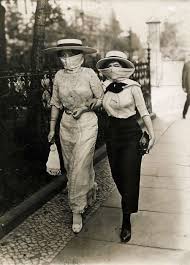
The impact of those few individuals during the Spanish flu pandemic that despised mask-wearing can be seen through the government withdrawal of compulsory mask-wearing only 4 weeks after its presentation in 1918, and 2 weeks in 1919. It seemed government officials also sympathised with many of those opposed to this infringement on their civil liberties, perhaps sympathising with those in the San Francisco ‘Anti-mask League’. A group of anti-maskers and their power was once again witnessed during our lockdown as such a group stormed a government building in the USA.
Nevertheless, although masks may not have been useful in 1918 and 1919 and opposition to masks resulted in the removal of it being mandatory in the USA, please do not try that here. Masks allow us to carry on more normally during COVID-19 and, in the words of Gov. Gavin Newsom, someone who wears a mask is “a sign of someone who gives a damn”.
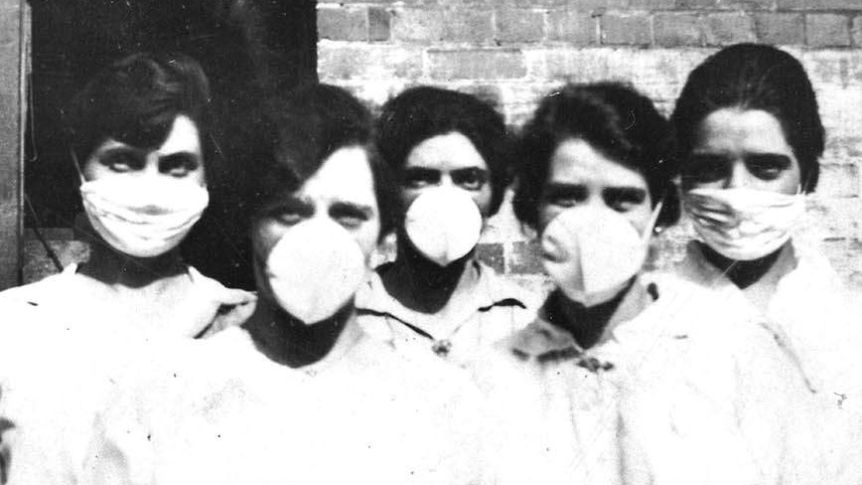
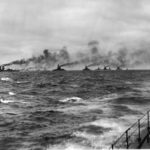


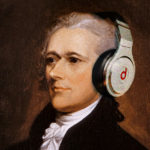










Post Comment
You must be logged in to post a comment.